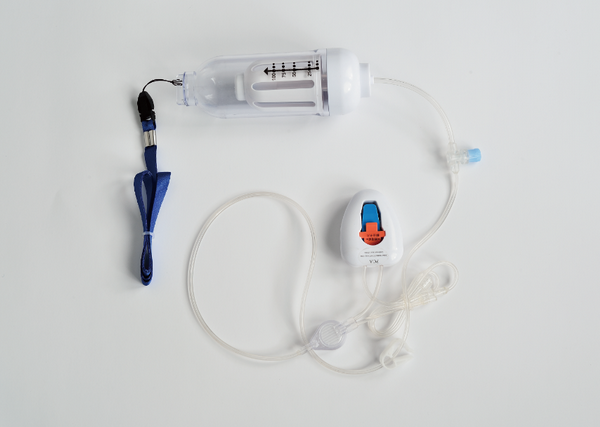How to Use Elastomeric Infusion Pumps Safely and Effectively?
Elastomeric infusion pumps are medical devices that are commonly used for administering medication to patients. They are popular because they are cost-effective, easy to use, and do not require electricity or batteries. However, like any medical device, it is important to use them safely and effectively to ensure patient safety and treatment efficacy. In this blog, we will discuss some important tips for using elastomeric infusion pumps safely and effectively.
Understand the medication being administered
Before using elastomeric infusion pumps, it is important to understand the medication being
administered. The medication should be prescribed by a healthcare provider and
the patient should be aware of the correct dose, frequency, and duration of the
treatment. Patients and caregivers should also be aware of any potential side
effects or complications associated with the medication.
Properly prepare and store the infusion pump
The Elastomeric Infusion Pumps
should be prepared and stored according to the manufacturer’s instructions. It
is important to use a clean and sterile environment when preparing the pump and
to ensure that it is not damaged or expired. The medication should also be
properly stored and protected from light, heat, and moisture.
Properly insert the medication into the pump
Once the medication has been
properly prepared, it should be inserted into the pump according to the
manufacturer’s instructions. The medication should be inserted slowly and
carefully to avoid any air bubbles. The pump should be primed to ensure that
the medication is flowing properly before it is attached to the patient.
Properly attach the pump to the patient
The pump should be attached to
the patient using a secure and comfortable method. The infusion site should be
properly cleaned and the pump should be placed in a location that is easily
accessible for monitoring and inspection. It is important to avoid any kinks or
twists in the tubing and to ensure that the flow rate is properly set.
Monitor the infusion pump
Patients and caregivers should
monitor the Elastomeric
Infusion Pumps regularly to ensure that it is working properly
and that the medication is being administered at the correct rate. Patients
should be aware of any potential side effects or complications and should
report any concerns to their healthcare provider. The infusion site should be
regularly inspected for signs of infection or other complications.
Properly dispose of the infusion pump
Once the medication has been
administered, the infusion pump should be properly disposed of according to the
manufacturer’s instructions. It is important to properly dispose of the pump
and any associated materials to avoid any potential contamination or infection.
Elastomeric
infusion pumps are an effective and cost-effective method of
administering medication to patients. However, it is important to use them
safely and effectively to ensure patient safety and treatment efficacy.
Patients and caregivers should be aware of the medication being administered,
properly prepare and store the infusion pump, properly insert the medication
into the pump, properly attach the pump to the patient, monitor the infusion
pump, and properly dispose of the infusion pump. By following these tips,
patients and caregivers can help ensure a safe and effective treatment with
elastomeric infusion pumps.




Comments
Post a Comment